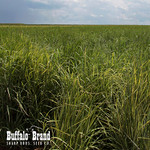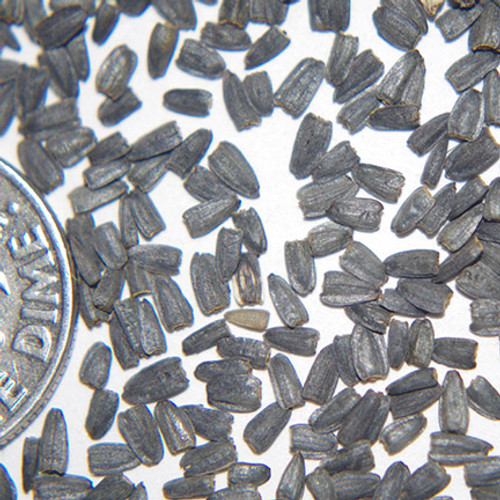Sold by the PLS pound
Botanical Name: Sorghastrum nutans
Cultivars: Cheyenne, Nebraska 54, Osage, Oto, Rumsey, Tomahawk, Warrior, Native
Indiangrass is a native, warm season grass of good value as a livestock forage grass. Production runs high when managed in a pure stand. Indiangrass may form patches of sod and occur in bunches; it endures a wide range of weather extremes and is easily established from seed. Suited to all soil types except those saturated for an extended period, Indiangrass is considered to be an excellent native grass for most purposes. Biologist rate Indiangrass as excellent for nesting and rearing areas of wildlife.
FACTS ABOUT INDIANGRASS
- Because of the beautiful golden color of the plant and the 4 of 12 inch long plume like seed heads, Indiangrass is often chosen for beautification projects.
- Indiangrass seed is easily planted when it has been debearded.
- Indiangrass is moderately tolerant of acidic and saline conditions.
- Indiangrass grows from 5 to 7 feet tall.
- Moderate shade tolerance and strong fire tolerance are characteristics of Indiangrass.
- A mixture of Indiangrass and other warm-season grasses are often seeded for watershed protection.
VARIETIES
Cheyenne was developed from a strain found in Oklahoma. It is a good forage plant, and well adapted for range and pastures in drier climates. It is tall, vigorous, and late maturing.
Neb. 54 came from seeds collected in Nebraska along railroad rights of way. It is a heavy seed producer and withstands cold winters.
Osage is a vigorous, leafy variety that is well adapted to drier climates. It is known for excellent forage production even during the driest years. Osage is the latest maturing variety of Indiangrass.
Oto is moderately late maturing variety of Indiangrass. It is highly productive and has adapted well to Iowa and similar areas. It is recommended primarily in mixed stands of warm season grasses.
Rumsey is a warm season bunchgrass noted for its rapid growth in mid to late summer. It is used for livestock forage and as a hay crop. Rumsey is excellent for nesting and rearing of wildlife. It is a late maturing variety, that is adaptable to Iowa, Illinois, Missouri, Indiana, western Kentucky and western Ohio.
Tomahawk is adapted to North Dakota, South Dakota and into lower Canada. Tomahawk extends the range of Indiangrass considerably, as it is a winter-hardy, drought tolerant variety.
ESTABLISHMENT / MANAGEMENT
As with all warm season grasses, good contact between soil and seeds is essential when planting. A minimum grazing and haying height of 4"-6" must be maintained. It is not recommended to graze or hay during the first year of establishment. It is important not to graze too closely too late in the year. Energy to the roots must be stored in the late summer to keep the plants alive through the winter, and give the plants a good healthy start the following spring. Indiangrass needs a winter stubble left to insure proper insulation. Fields should be burned every 3 to 5 years to reduce residue and decrease competition from invading plants.









